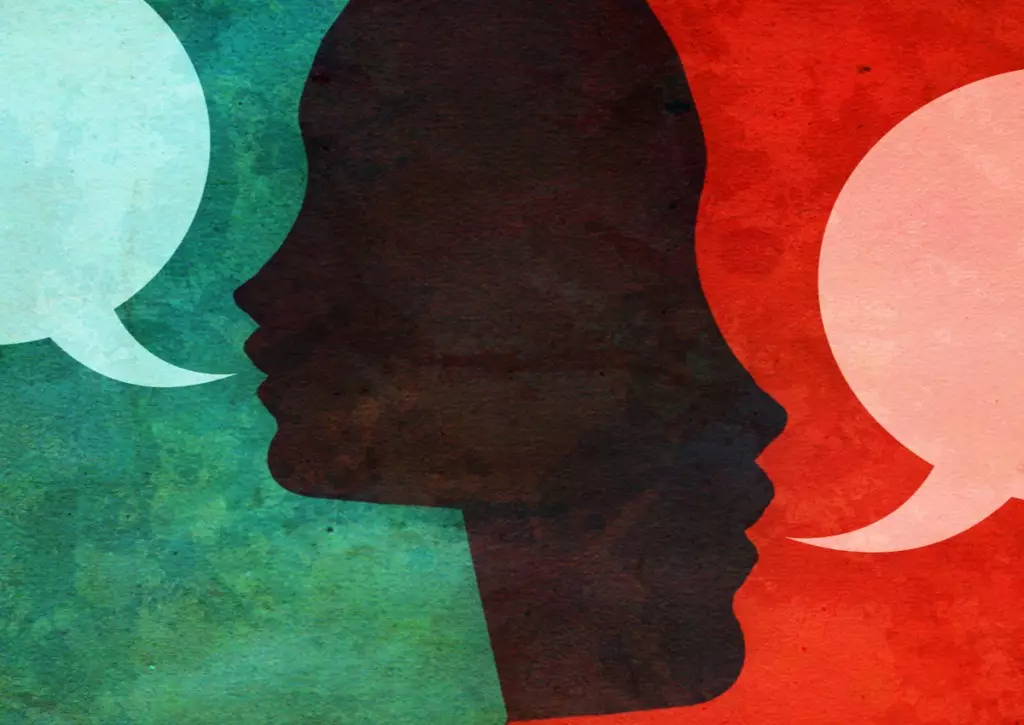The rapid evolution of artificial intelligence is reshaping how humans connect and communicate. While much attention has been paid to efficiency and convenience, a deeper, more profound facet often remains overlooked: the pursuit of genuine inclusivity. Voice technology, once a tool for convenience among the able-bodied, now stands at the crossroads of social justice and technological innovation. As a seasoned professional in developing voice interfaces, I’ve observed firsthand how AI’s potential extends far beyond mere recognition—it can redefine human dignity for those with speech disabilities. Engineering a future where everyone’s voice—regardless of clarity or speech patterns—is heard and understood isn’t just a noble goal; it is a moral imperative that challenges us to rethink traditional AI paradigms.
The current landscape of voice-assisted systems is vibrant but fundamentally flawed in addressing the needs of marginalized users. Standard speech recognition models excel with clear, predictable speech but falter miserably when faced with atypical patterns—be it due to neurological conditions, vocal trauma, or developmental disorders. For millions worldwide, these limitations aren’t academic; they are barriers to independence, inclusivity, and human connection. What if, instead of seeing these limitations as obstacles, we viewed them as opportunities to innovate more empathetic and versatile AI? This is where the power of tailored, inclusive AI systems becomes not just a technical challenge but a societal necessity.
Designing AI That Understands the Impossible
Fundamentally, building inclusive speech systems requires rethinking the architecture. Traditional models trained predominantly on standard speech data are ill-equipped to interpret the speech irregularities associated with various disabilities. To combat this, researchers are embracing transfer learning—a process akin to teaching a model to adapt from one set of data to another—enabling AI to grasp the nuances of nonstandard speech. By integrating vast, diverse datasets that include voices with speech impairments, models can be fine-tuned to recognize and interpret a broader spectrum of vocal patterns. The result isn’t just improved transcription; it’s a newfound ability for AI to genuinely understand and respond to users with unique speech profiles.
A remarkable breakthrough in this domain is the development of synthetic voice generation based on minimal user samples. For individuals who have lost their natural voice or whose speech is severely impaired, this can restore a vital connection to their identity. Generative AI creates personalized voice avatars, allowing users to “reclaim” their vocal presence within digital communications. This technology fosters not only functional communication but also emotional expression—preserving a sense of self that many thought was lost forever. Crowdsourcing voice data from diverse populations also forms a collective effort toward expanding inclusive datasets, addressing the historic bias ingrained in AI systems and moving us closer to universally accessible technologies.
Empowering Users with Assistive and Adaptive Solutions
Practical applications of these innovations are already transforming lives. Real-time voice augmentation tools demonstrate how layered AI processes—comprising noise suppression, disfluency correction, and emotional inflection—can make speech more fluid and natural. These systems act as empathetic copilots, smoothing out speech imperfections and allowing users to participate fully in conversations without feeling self-conscious. For example, individuals with conditions like cerebral palsy or late-stage ALS can speak with AI-enhanced voices that reflect their intended tone and emotion, even when their physical ability to vocalize is limited.
Beyond augmentation, predictive language modeling is paving the way for more intuitive and responsive communication. These models learn a user’s unique phrasing, vocabulary, and speech habits, speeding up interactions and reducing frustration. When combined with alternative input methods—such as eye-tracking interfaces or sip-and-puff controls—AI creates a seamless dialogue experience that respects each person’s mode of expression. Integrating multimodal input streams like facial expressions and residual vocalizations further refines these systems, allowing AI to understand context and emotional nuances better, fostering a more human-like conversation.
A compelling example lies in the stories of users who have regained their voices through these advancements. I recall observing a user with ALS whose residual breath sounds were synthesized into clear, expressive speech, allowing her not only to communicate but to reconnect emotionally with family. Witnessing her joy, I was reminded that AI’s true potential lies in restoring dignity and a sense of agency—transforming technology from cold mechanics into an empathetic companion.
Building a Future of Truly Inclusive Conversation
As we look ahead, it’s clear that inclusive AI isn’t an afterthought—it must be embedded at the core of development processes. Collecting diverse training data, supporting low-latency processing at the edge, and ensuring transparency through explainable AI are essential steps to build trust and reliability. Furthermore, designing systems that support non-verbal inputs and emotional understanding will be crucial to capturing the richness of human communication. These technological commitments are not just about improving user experience—they are about affirming the value of every person’s voice in society.
For organizations and developers, embracing accessibility is both an ethical obligation and a lucrative market strategy. Over a billion people worldwide live with some form of disability, and they represent an underserved population eager for equitable connection. Real inclusive AI can bridge communication gaps for aging populations, multilingual users, and those in temporary or permanent states of speech impairment. It’s a realm rife with potential—not only to change lives but to redefine the very fabric of digital interaction.
The journey towards truly inclusive voice AI is ongoing. It demands relentless innovation, empathy-driven design, and a willingness to challenge existing norms. If we leverage AI’s full potential with a focus on human-centric values, the future of conversation will be not only more intelligent but profoundly more compassionate. Every voice, regardless of its pitch or clarity, deserves to be heard—and with perseverance, technology can make that a reality.

